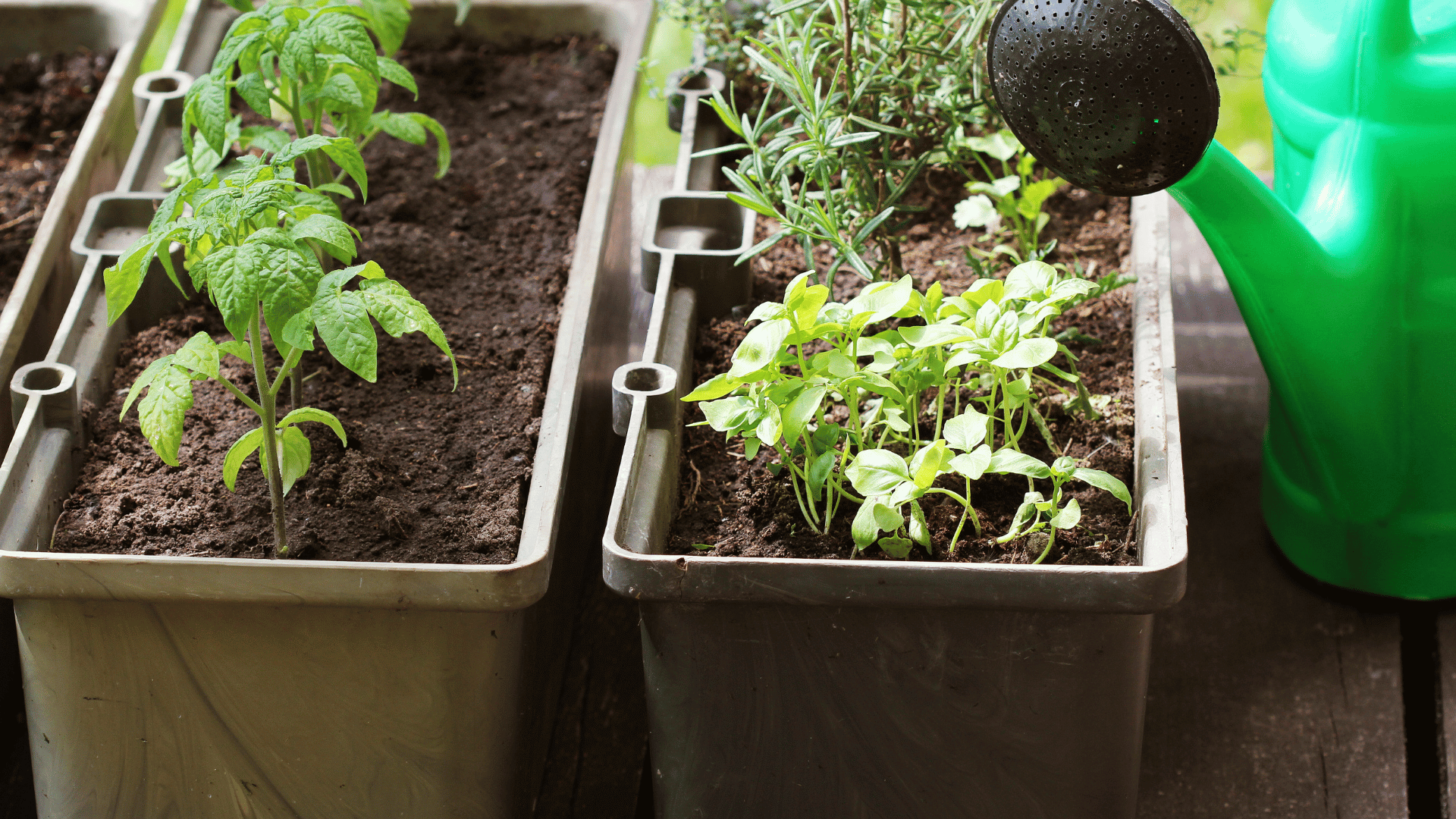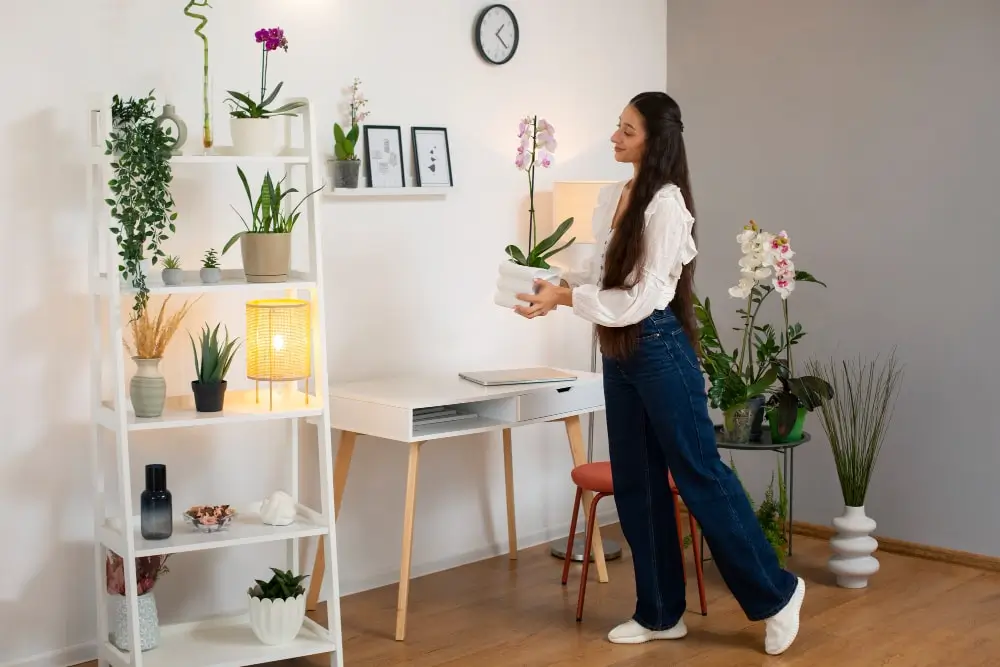In today's world, where urbanization is rapidly increasing, space for traditional gardens is becoming scarce. However, the desire to grow your own food is stronger than ever. The good news is that you don't need a sprawling backyard to cultivate a thriving vegetable garden. With the right knowledge and techniques, you can transform even the smallest condo balcony or windowsill into a bountiful source of fresh produce. In this comprehensive guide, we'll explore the ins and outs of how to grow your own garden in a condo, covering everything from container gardening to crop rotation and beyond.
Understanding the Importance of Vegetable Gardening
Before diving into the specifics of condo gardening, let's take a moment to understand why growing your own vegetables is so important. Vegetable gardening isn't just a hobby—it's a vital aspect of food production systems that can contribute to food security, nutrition, and sustainability.
Home gardens, whether in a condo or a family home, play a crucial role in providing nutritious food for households. They allow individuals to grow their own vegetables, reducing reliance on store-bought produce and providing easy access to fresh food. Moreover, home gardens contribute to food production on a larger scale by supplementing household diets and, in some cases, generating income through the sale of surplus produce.
Choosing the Right Plants for Your Condo Garden
One of the key characteristics of condo gardening is the limited space. Therefore, it's essential to choose plants that are well-suited for container gardening and can thrive in small spaces. When selecting plants for your condo garden, consider factors such as the available sunlight, the climate, and your personal preferences for your garden plant.
Most vegetables can be grown successfully in containers, provided they receive adequate sunlight and water. Some popular choices for condo gardens include cherry tomatoes, pole beans, leafy greens like lettuce and spinach, herbs such as basil and parsley, and root crops like carrots and radishes.
Before purchasing seeds or seedlings, take the time to assess your balcony or windowsill to determine how much sun exposure it receives throughout the day. Most vegetables require at least six to eight hours of direct sunlight to grow and produce fruit, so choose plants that are well-suited to your specific growing conditions.
Getting Started with Container Gardening
Once you've selected the plants for your condo garden, it's time to get your hands dirty and start planting. Here's a step-by-step guide to help you get started with container gardening:
1. Choose the Right Containers: Select containers that are large enough to accommodate the root systems of your chosen plants and have drainage holes to prevent waterlogging. You can use traditional pots, hanging baskets, or even repurpose items like buckets or wooden crates.
2. Prepare the soil: Use a high-quality potting mix that is specifically formulated for container gardening. Avoid using garden soil, as it may contain pests, diseases, or weed seeds. Fill the containers with soil, leaving a few inches of space at the top for watering.
3. Plant Your Seeds or Seedlings: Follow the instructions on the seed packet or plant tag for proper spacing and planting depth. Place the seeds or seedlings into the soil, gently patting them down to ensure good contact with the soil.
4. Water Regularly: Keep the soil consistently moist but not waterlogged. Check the moisture level regularly, and water whenever the top inch of soil feels dry to the touch. Avoid overhead watering, as it can lead to fungal diseases. Instead, water at the base of the plants to minimize moisture on the foliage.
5. Provide Support: Some plants, such as tomatoes and pole beans, may require support to grow upright. Install stakes, trellises, or tomato cages to support the plants as they grow and prevent them from sprawling.
6. Fertilize as Needed: Container-grown plants may require more frequent fertilization than those grown in the ground, as nutrients leach out of the soil more quickly. Use a balanced fertilizer or organic matter to replenish the nutrients in the soil and promote healthy growth.
7. Monitor for Pests and Diseases: Keep an eye out for common pests such as aphids, caterpillars, and spider mites, as well as signs of diseases such as powdery mildew or leaf spot. If you notice any problems, take prompt action to control the pests or diseases before they spread.
8. Harvest Your Produce: As your plants grow and mature, you'll be rewarded with a bountiful harvest of fresh, homegrown vegetables. Harvest your produce when it reaches the desired size and ripeness, and enjoy the fruits of your labor in delicious meals.
Maximizing Space and Yield in Your Condo Garden
In a small garden space, every inch counts. Here are some tips for maximizing space and yield in your condo garden:
1. Vertical Gardening: Take advantage of vertical space by growing vining plants such as tomatoes, cucumbers, and beans on trellises or stakes. This not only saves space but also allows for better air circulation and easier harvesting.
2. Succession Planting: Instead of planting all of your crops at once, stagger your planting times to ensure a continuous harvest throughout the growing season. As you harvest one crop, replant the empty space with a new crop to maximize productivity.
3. Interplanting: Plant complementary crops together in the same container to make the most of the limited space. For example, you can interplant lettuce with radishes or onions with carrots, as they have different root depths and growth habits.
4. Container Selection: Choose containers that are specifically designed for small spaces, such as vertical planters, hanging baskets, or stackable pots. These innovative containers allow you to grow more plants in less space and can be easily moved or rearranged as needed.
5. Herb Gardens: Herbs are excellent candidates for condo gardening, as they require minimal space and can be grown indoors or outdoors. Plant a variety of herbs such as basil, parsley, cilantro, and mint in small pots or a windowsill herb garden for easy access to fresh flavors.
Maintaining Your Condo Garden
Successful gardening doesn't end with planting; it requires ongoing care and maintenance to ensure healthy growth and bountiful harvests. Here are some essential tasks to keep your condo garden thriving:
1. Watering: Monitor the moisture levels in your containers regularly and water as needed to keep the soil consistently moist. Be mindful of fluctuations in temperature and humidity, as they can affect the water requirements of your plants.
2. Fertilizing: Feed your plants with a balanced fertilizer or organic matter every few weeks to replenish the nutrients in the soil and promote healthy growth. Follow the instructions on the fertilizer label for proper application rates and timing.
3. Pruning and Thinning: Remove dead or diseased foliage, flowers, and fruit from your plants to encourage new growth and prevent the spread of pests and diseases. Thin out overcrowded plants to improve air circulation and reduce competition for resources.
4. Pest and Disease Control: Keep an eye out for common pests and diseases in your condo garden, such as aphids, whiteflies, powdery mildew, and leaf spot. Use organic or chemical controls as needed to manage pest and disease outbreaks and prevent damage to your plants.
5. Support and Training: Provide support for tall or vining plants such as tomatoes, cucumbers, and beans by installing stakes and trees.
Understanding the Importance of Vegetable Gardening
Before delving into the specifics of condo gardening, it's crucial to grasp the significance of vegetable gardening, particularly in today's context. Vegetable gardening allows individuals to produce their own vegetables, thereby enhancing food security and reducing dependency on external sources for staple food items. Home gardens contribute not only to nutritious food production but also to sustainable food systems, as they promote local food production and reduce the carbon footprint associated with transportation.
The Basics of Container Gardening
Container gardening is a popular choice for condo dwellers due to its versatility and space-saving nature. To start your own vegetable garden, all you need are containers, potting soil, seeds or seedlings, and proper sunlight. Selecting the right containers is essential; ensure they have adequate drainage holes to prevent waterlogging. When choosing plants for container gardening, prioritize compact varieties that thrive in confined spaces, such as cherry tomatoes, pole beans, and herbs.
Optimizing Sunlight and Space
One of the primary considerations for condo gardening is sunlight availability. Assess your balcony or windowsill to determine how much sun exposure it receives throughout the day. Most vegetables require at least six hours of direct sunlight to thrive, so choose plant varieties accordingly. Additionally, maximize vertical space by utilizing hanging planters, trellises, or tiered shelving to grow plants upward, thereby making the most of limited square footage.
Selecting the Right Vegetables
When planning your condo garden, consider factors such as your favorite vegetables, the local climate, and available space. Opt for high-yield crops that are well-suited to container gardening, such as leafy greens, root crops like carrots and radishes, and compact varieties of tomatoes and peppers. Crop rotation is essential to prevent nutrient depletion in the soil and reduce the risk of pests and diseases.
Addressing nutrient needs
Container-grown vegetables rely on potting soil for their nutrient supply, so it's essential to use high-quality soil and incorporate organic matter to promote healthy growth. Additionally, consider supplementing with organic fertilizers or compost tea to replenish nutrient levels throughout the growing season. Nutrient recycling can also be achieved by composting kitchen scraps and incorporating the compost into your container garden.
Pest Control and Disease Management
Pest control is a common concern in vegetable gardening, but there are several eco-friendly methods to mitigate pest damage without resorting to chemical pesticides. Companion planting, which involves growing mutually beneficial plant species together, can help deter pests naturally. Additionally, regular inspection of plants for signs of disease or pest infestation allows for early intervention, whether through manual removal or organic pest control methods such as neem oil or insecticidal soap.
Cultivating a Sustainable Garden
Condo gardening not only provides fresh, nutritious food but also contributes to environmental sustainability. By growing your own vegetables, you reduce your reliance on industrially produced food, which often entails high energy inputs and transportation emissions. Furthermore, home gardens promote biodiversity by supporting a variety of plant species and beneficial insects, thus fostering ecosystem resilience in the face of climate change.
Empowering Communities through Food Production
In addition to meeting individual household needs, condo gardening can also have broader social and economic benefits. In developing countries and urban areas, where food insecurity is a pressing issue, home gardening can empower communities by providing access to fresh produce and generating supplementary income through surplus vegetable sales. Moreover, community gardening initiatives foster social cohesion and strengthen neighborhood bonds.
Growing your own garden in a condo is not only feasible but also immensely rewarding. By embracing container gardening, optimizing sunlight and space, selecting the right vegetables, and practicing sustainable cultivation techniques, condo dwellers can enjoy a bountiful harvest of fresh, homegrown produce. Beyond the personal benefits, condo gardening contributes to food security, environmental sustainability, and community resilience, making it a truly transformative endeavor in today's world. So roll up your sleeves, grab a seed packet, and embark on your journey to cultivate a thriving vegetable garden right at home.










